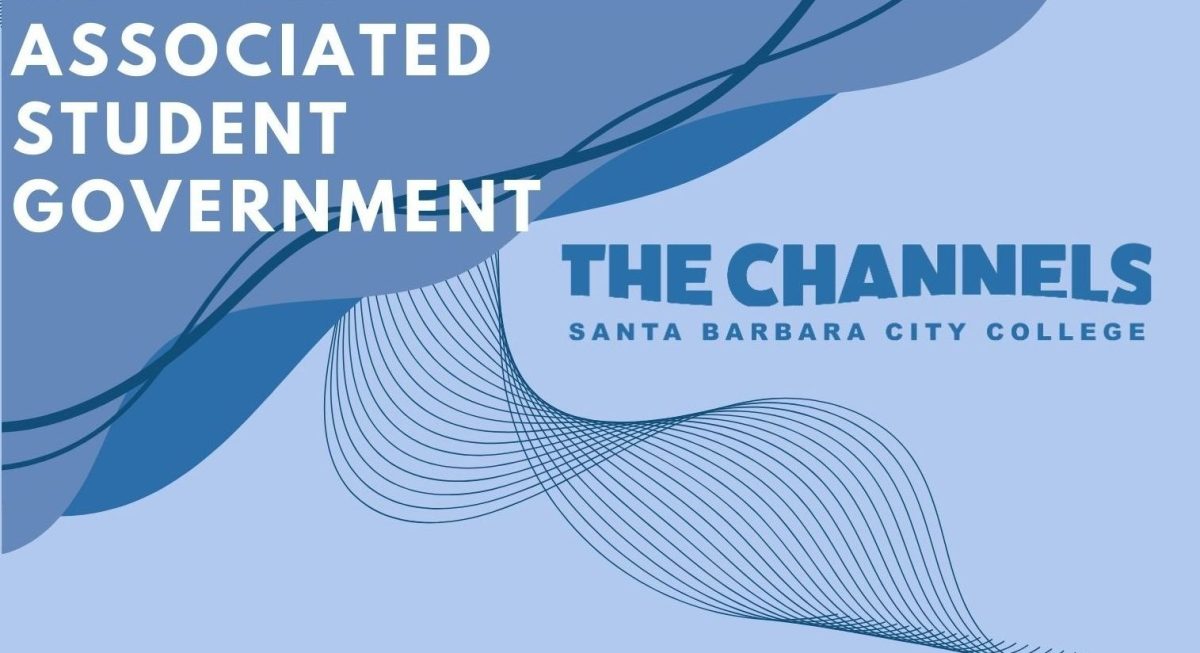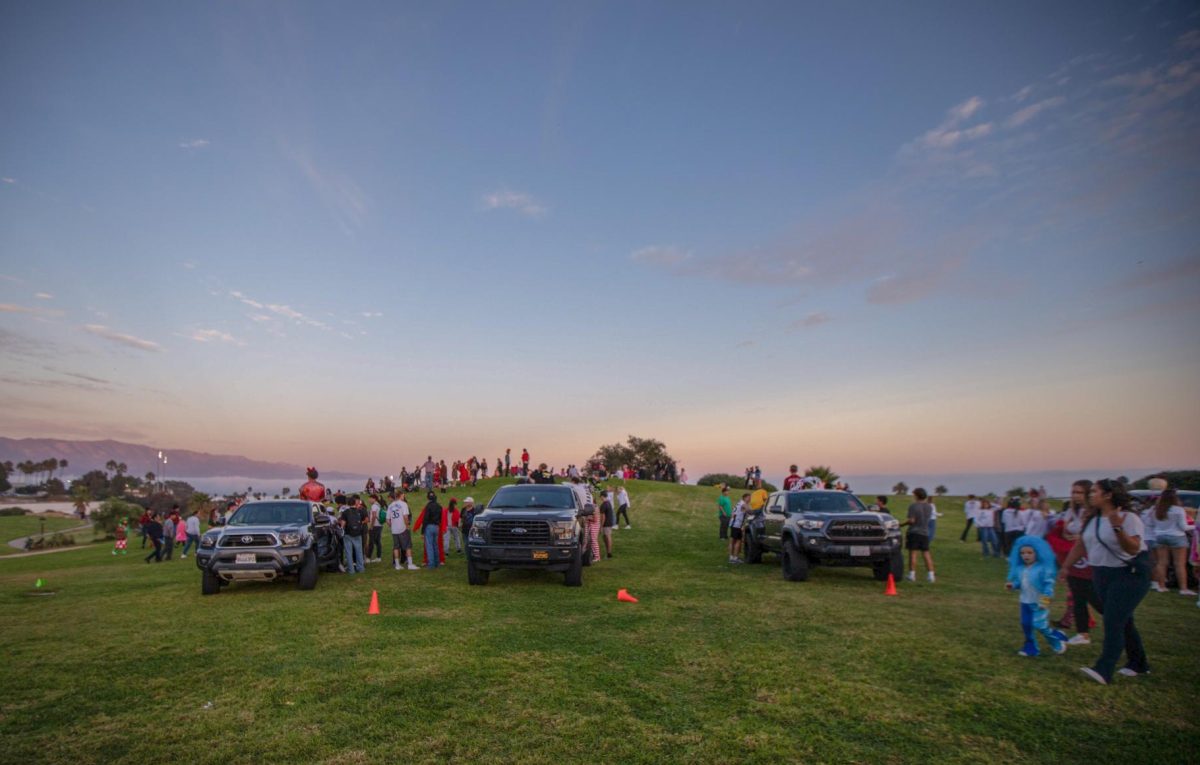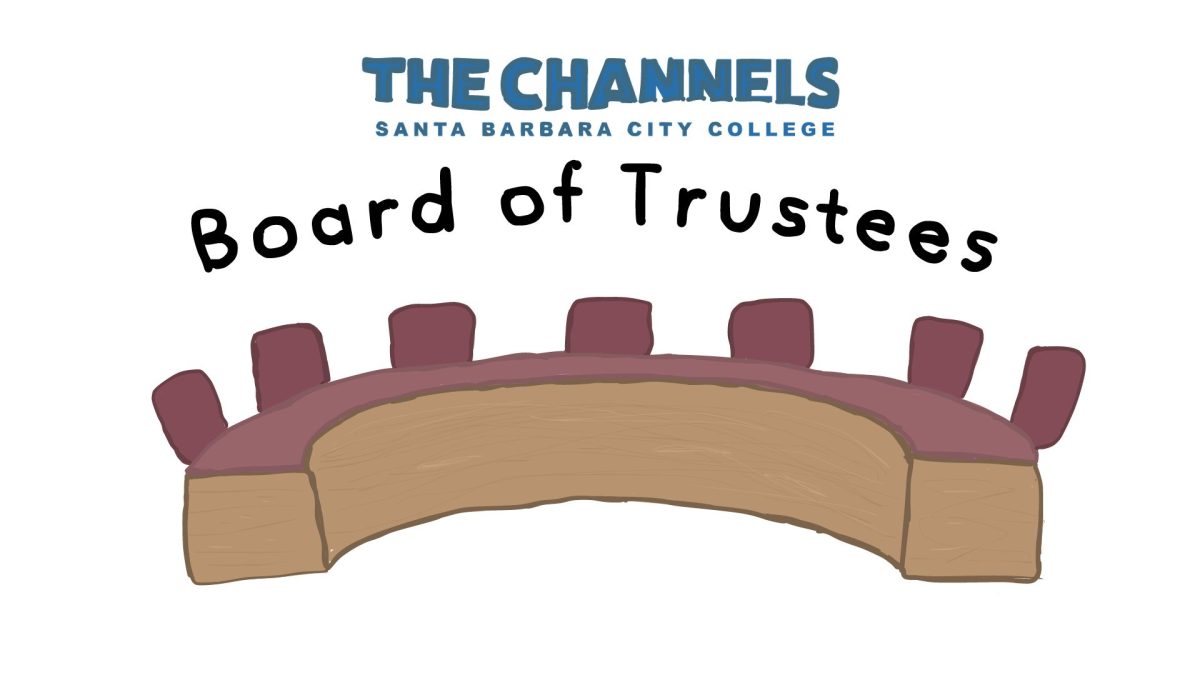Trees are part of the future. They are part of the past and they are part of the present. Look at the trees around you and think about what it would look like if these were suddenly gone. How that would make you feel? What it would look like?
Around the globe, rainforest acreage is disappearing faster and faster, and it’s to a point where there may be no return.
To clarify, according to the World Wildlife Fund, there has been a major loss of rainforest habitat. Between 2001 and 2002, 9,000 square miles were removed from the Amazon alone. That’s roughly two times the size of Connecticut.
This is a serious issue considering the fact that over one-third of all plant and animal life make their home in the Amazon basin.
As the Rainforest Action Network states, about $37.5 million acres of rainforest around the world are deforested every year. That’s the size of Georgia.
All this destruction has to come from somewhere and it happens to lead back to the almighty human being.
Much of these devastating numbers come from logging and farming. Cattle ranches and soybean crops are among the biggest causes of rainforest depletion in Brazil.
Yes, I too am guilty of indulging in the products of such things. Yet, drinking a glass of soy milk and ordering up a hamburger from a fast food joint makes me question where these products originally came from and at what cost.
Most beef exports still comes to the United States from South America. It’s another way to save an American dollar.
According to the World Rainforest Movement, in 1990 there were around 27 million heads of cattle in Brazil. The number jumped to 57 million in 2002.
Often times these farms must move from location to location due to the land being overexploited within a few years.
Farming production use methods like slash and burn to clear land.
This is an old style where people will cut growth, allow it to dry, and burn it off, then rendering the land useless often after the first harvest.
Before you start to think that nothing is being done, know something is. In 2002, the WWF and the Brazilian Government partnered together to establish the Amazon Region Protected Area.
This program has already taken 20,000 square miles under protection. Not using old growth woods such as teak and making sure that products such as beef, coffee and soy come from rainforest-safe manufactures will make a difference.
Yet, with so much destruction there seems to be little to no hope that what’s lost will never be regained.
But, with measures being taken and simple acts done by society, we may be able to not only save what little tropical rainforests are left but re-grow that which has been destroyed.
It would be a pity to have to walk a treeless road into the future.







